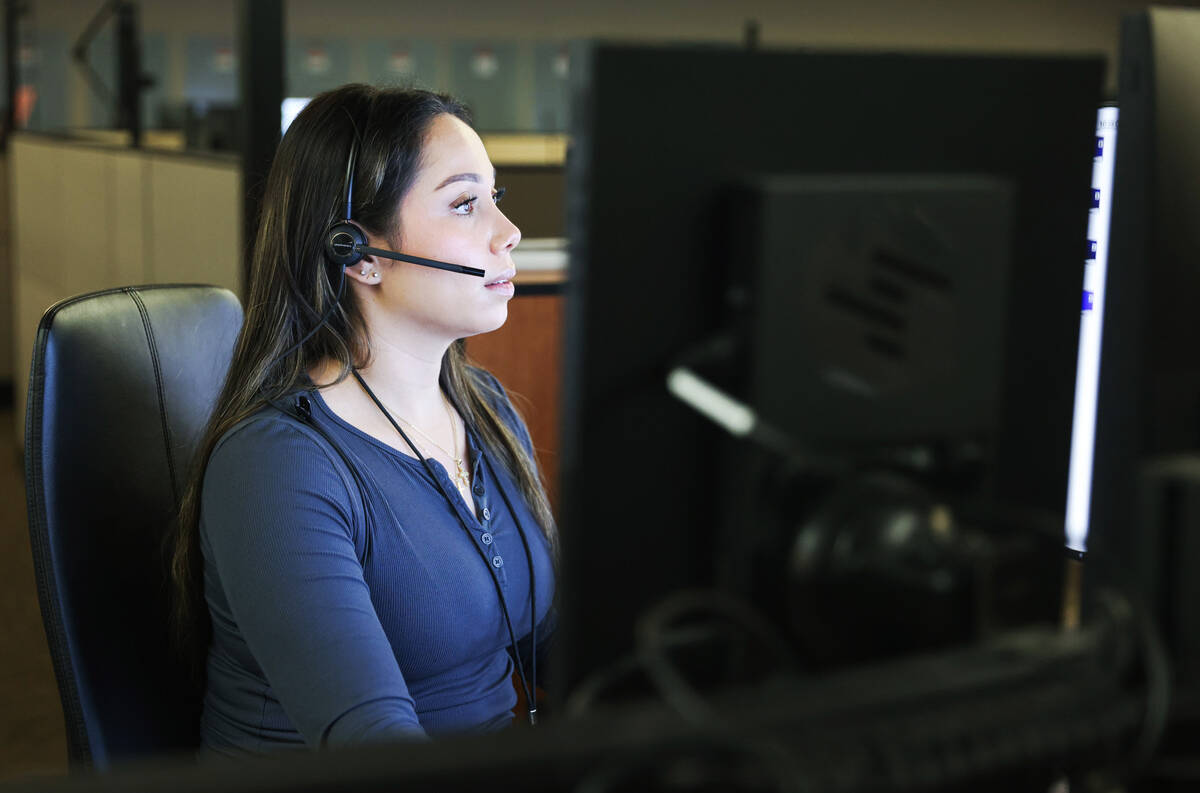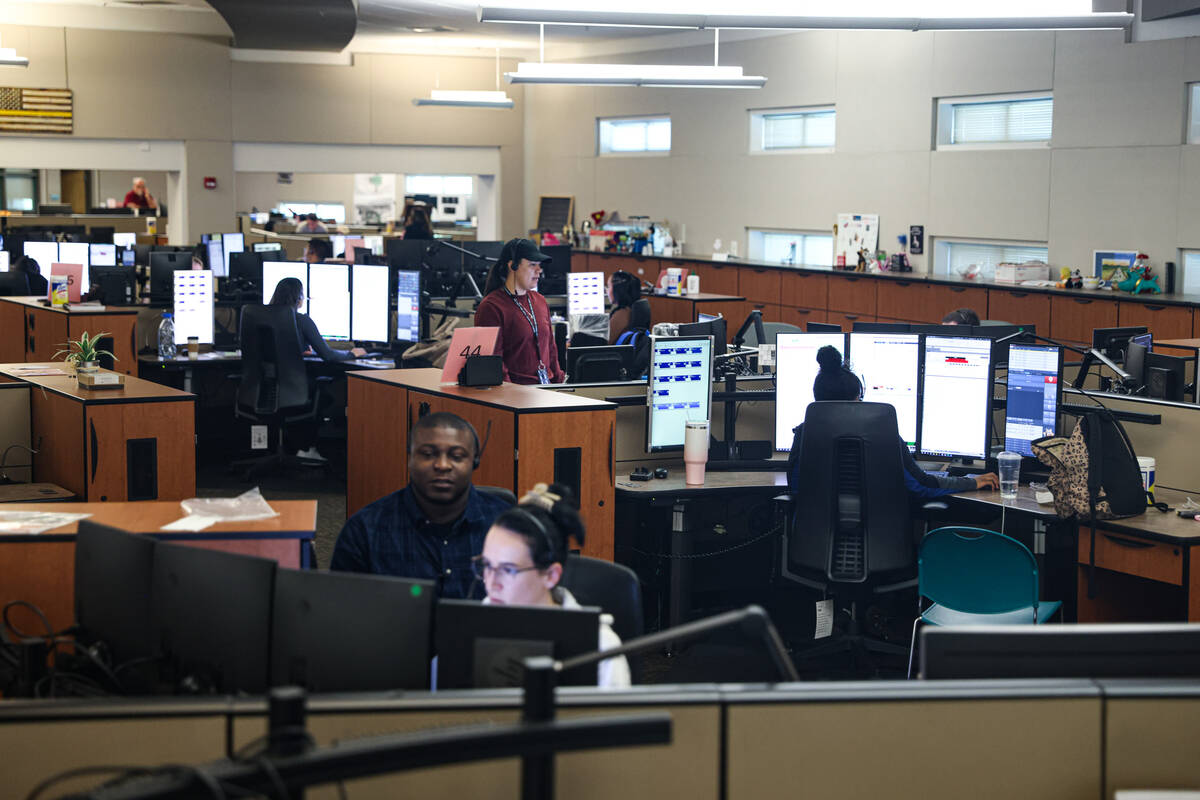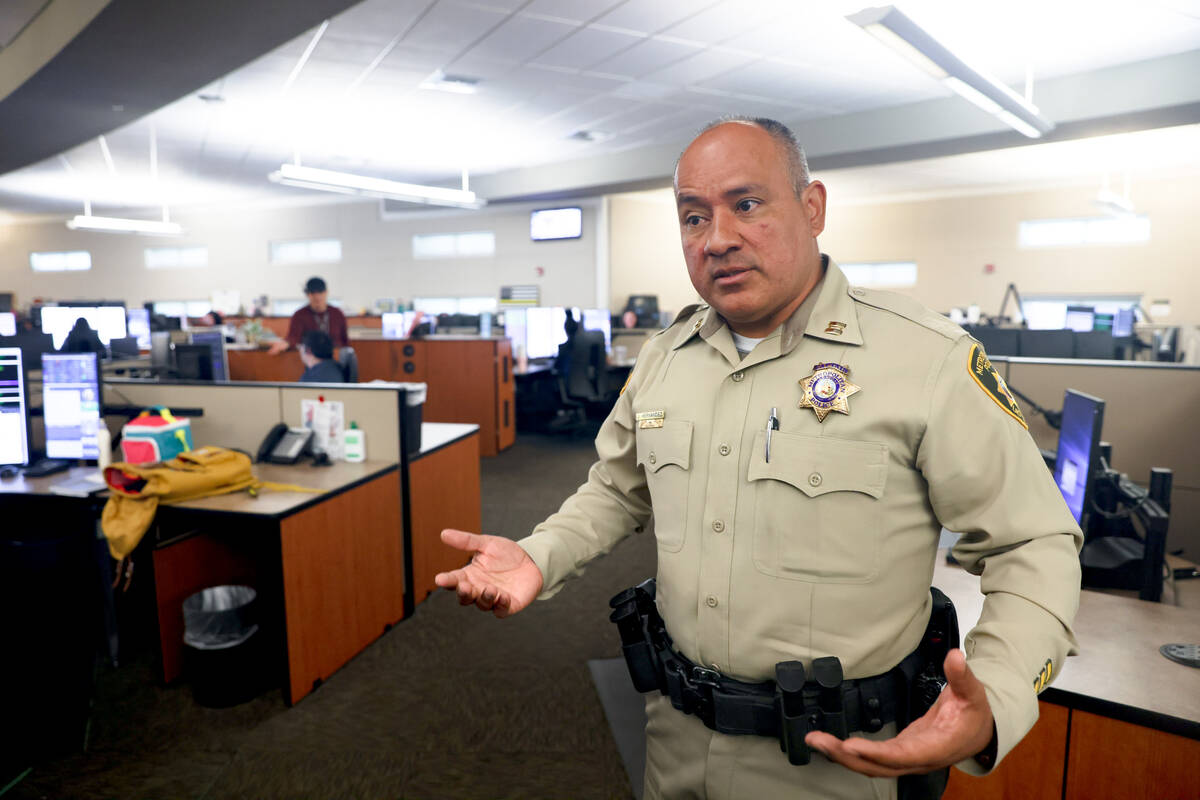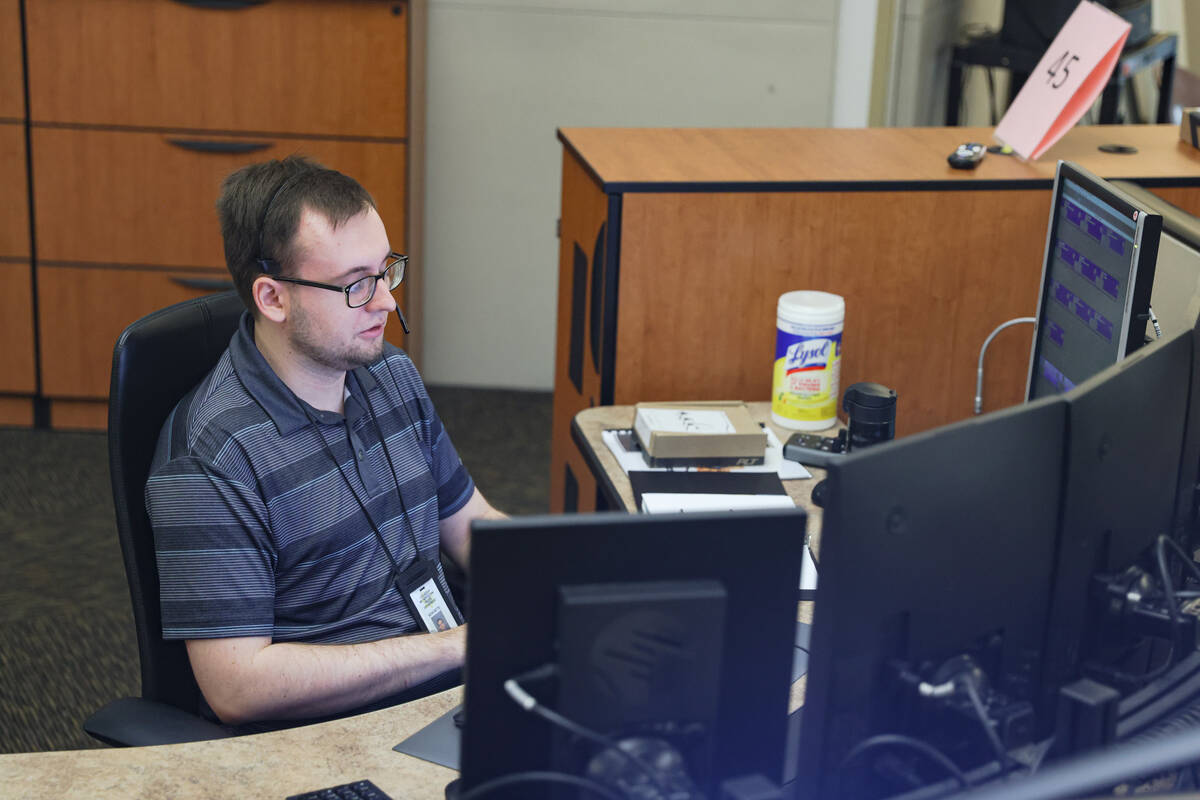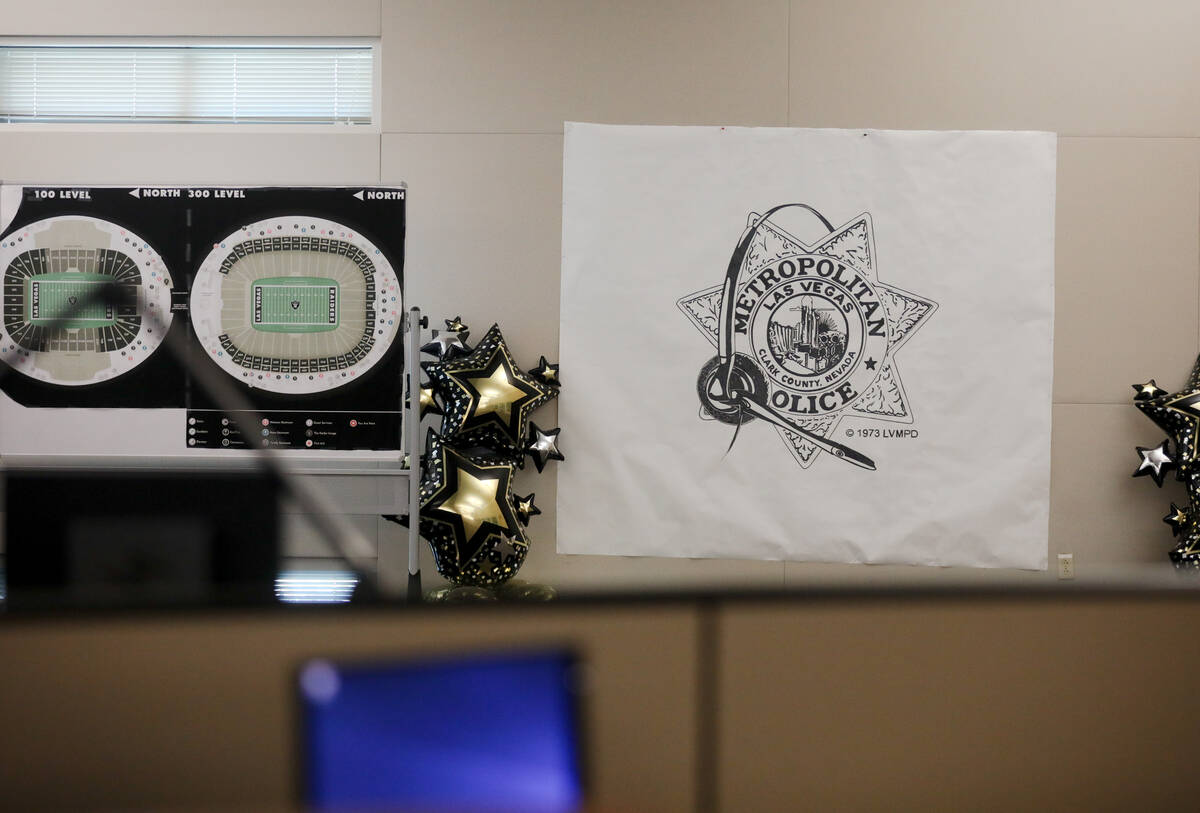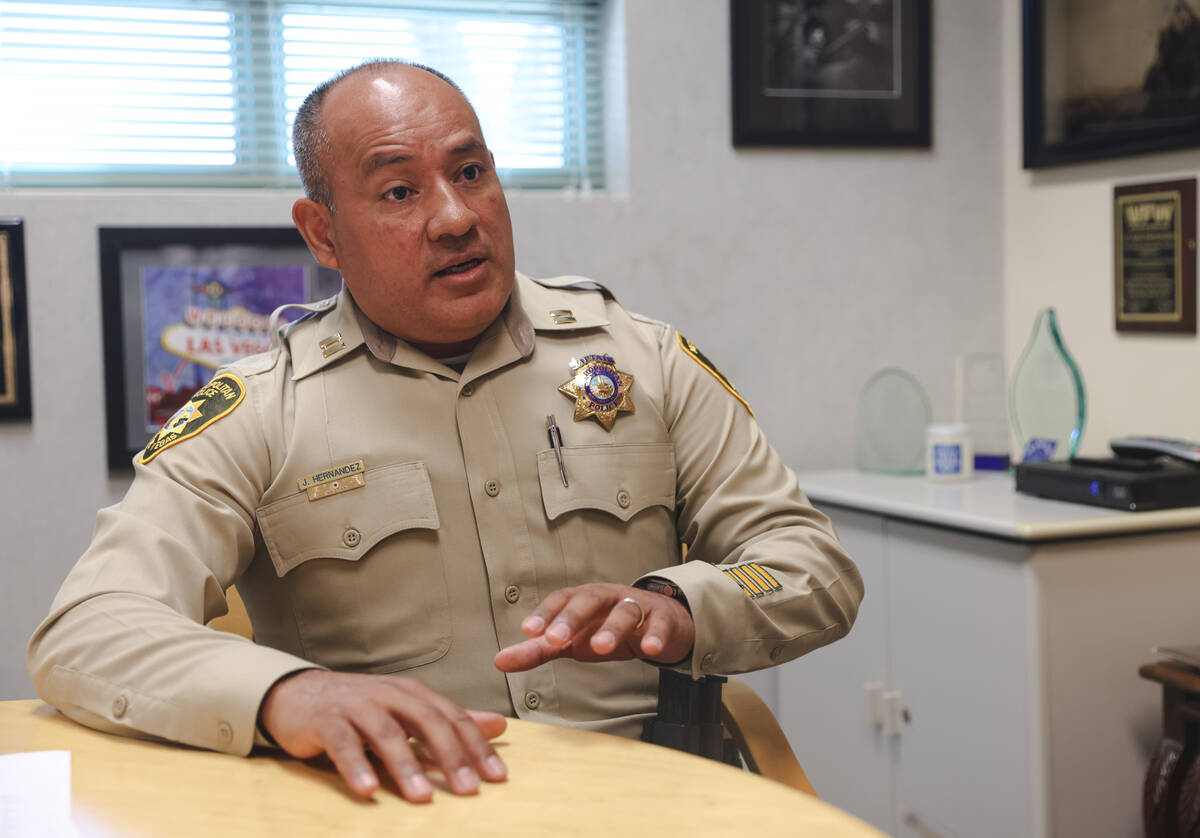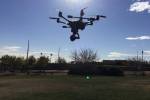A ‘discreet’ way to reach 911: More people using Metro’s emergency text message service
On March 13, a girl texted 911. She wrote that her stepmother stabbed her father while they were fighting at their home on South Lindell Road at her father was bleeding.
“She was very afraid,” Metropolitan Police Department Capt. Jose Hernandez said. “She didn’t know what was going to happen. There was a lot of yelling.”
The girl sent police her address around 2:15 p.m., and she described what both parents looked like. Police arrived moments later and arrested the woman on suspicion of domestic battery. She had cut the man with keys, police said.
The child’s text was one of more than 12,000 received by Metro since the department started text 911.
The program was launched in July 2020 through federal grant money.
The number of text messages sent to the department’s emergency number has steadily increased over the last three years, including a 19 percent increase from 2021 to 2022, and the number of texts is on track for another increase again in 2023.
In launching the program for people unable to call during an emergency, Metro used the initial slogan: “Call If You Can. Text If You Can’t.” Residents were asked to text only in English with no slang. Hernandez said the program also was for people with hearing or speech issues.
“You don’t know if you’re going to place yourself in danger by making that phone call,” Hernandez said. “It’s a lot more discreet. You could maybe be in the room next to where things are happening, and you can provide that information without someone being able to see.”
Quiet but busy
Even on the slowest shifts, 25 Metro employees each sit behind several monitors, fielding calls and dispatching officers based on phone calls and texts from across the valley. The same people who talk to residents calling 911 also receive the text messages on their computers, texting back to decipher what crime has occurred, the location of the incident and whether someone needs an ambulance or firefighters.
The men and women who answer the calls have calm tones, and even during a busy shift, hushed tones keep the room quiet. The call takers quietly type notes, which appear seconds later on the screens of dispatchers. One dispatcher is assigned to each of Metro’s 10 area commands.
Dispatchers read the call details, order each call by priority and tell officers where to go. The information the call taker receives is broadcast to the officers while they head to the scene.
Hernandez asked that whether residents are calling or texting they stay on the line or close to their phones. If a caller hangs up or loses connection, their call goes into a cue and an employee has to call them back, creating more work for call takers.
“In many cases, officers are already on their way as the call taker is continuing to gather information,” Hernandez said.
Metro data showed that roughly 1.2 million people called last year, while about 4,000 sent text messages. Another 770,000 called 311, the department’s non-emergency response number.
Up to 35 staffers work as dispatchers and 911 call takers at one time, but Hernandez hopes to expand that. Metro expects to graduate a record-breaking academy of 50 new call takers and dispatchers in October.
In the first three weeks of September, the longest 911 wait time was three minutes, and the shortest was six seconds, Hernandez said. Ninety percent of calls were answered within 15 seconds, and texts are usually answered in seconds, but Hernandez said he would like to make the longest wait times much less than three minutes.
Contact Sabrina Schnur at sschnur@reviewjournal.com or 702-383-0278. Follow @sabrina_schnur on Twitter.



